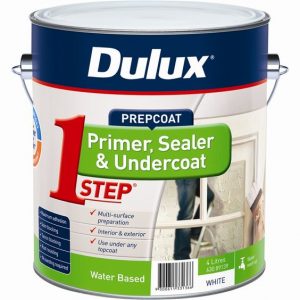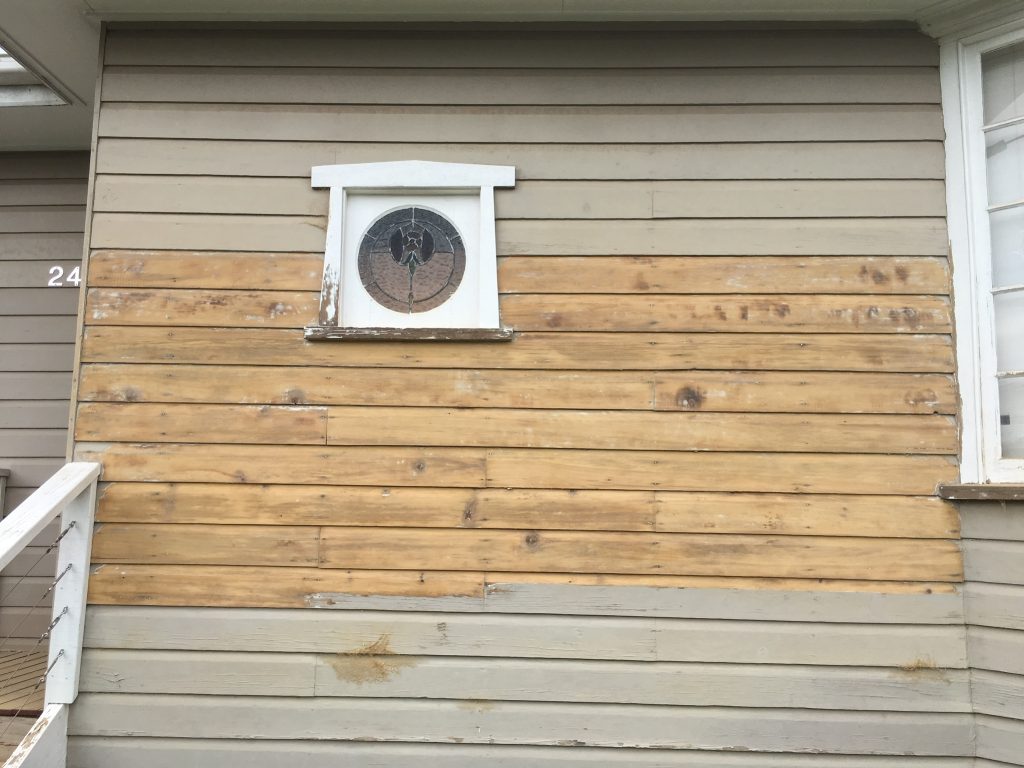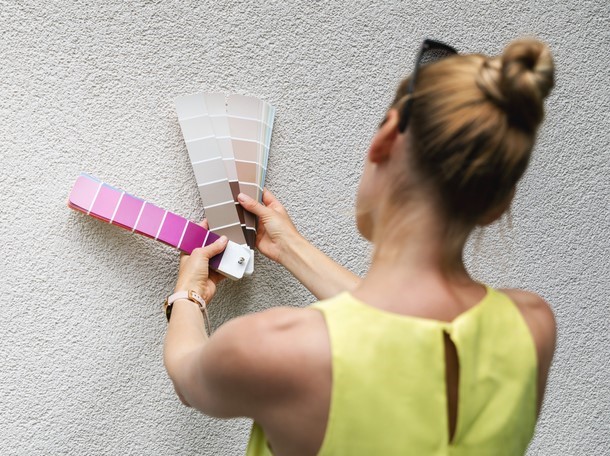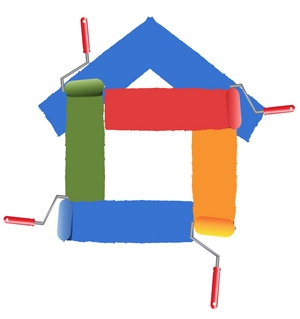Undercoat and Primer are key components in the Painting process. It is imperative that they are done and must be considered when painting your home.
Whether your painting a small internal or a large external project, understanding how to use Undercoat and Primer will influence the finish of your project dramatically.
Paintway give you a a brief run down on what Undercoat and Primer are and how to use both materials in your next painting project.

A primer or undercoat is a preparatory coating put on materials before painting. Priming ensures better adhesion of paint to the surface, increases paint durability, and provides additional protection for the material being painted.
Prepcoats prepare the surface to be painted with a topcoat. Primers, on the other hand, adhere to timber surfaces and contain stain inhibiting tannin blockers, while an undercoat is ideal for preparing plasterboard.
Acrylic Primer: used to seal bare areas before painting the finish coats. For example bare plasterboard walls or ceilings.
Oil Primer/Undercoat: used as a binding coat between glossy surfaces such as windows, doors, frames and skirting and your finish coats. Most paint jobs older than 4 years would generally have been painted in enamel paints. For example repainting Enamel surfaces or bare hardwood.
Water based Undercoats: there are a few manufacturers that make a water based undercoat. Its best to talk to them and doing a test sample to check if it sticks. The key to these water based products sticking to enamel, is thorough preparation.
Note: if you want to check if you have enamel surfaces – get some methylated spirits and use a old rag and rub done the area to be tested. If the paint comes off its acrylic – if not its enamel. Be careful not to mistake paint rubbing off with old dirt.
If already have enamel painted surfaces and you have used the appropriate primer or undercoat you now have the option to convert from enamel to water based top-coat. The advantages are they are less smelly (low odour) and easier clean up paint – they are usually referred to as Acrylic Enamel. Not only are they easy to use you can wash up in water.








